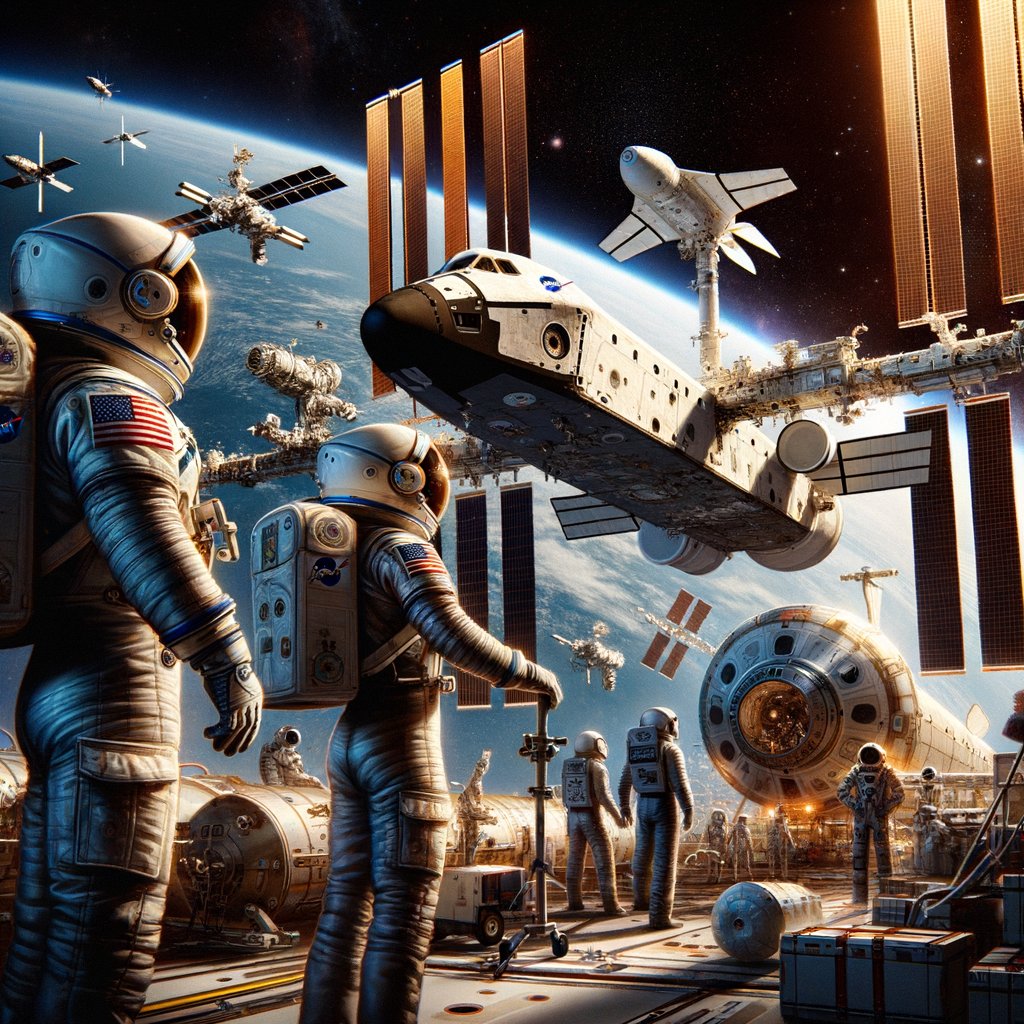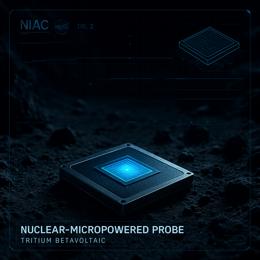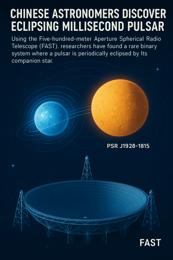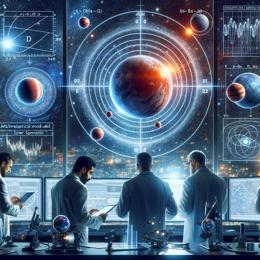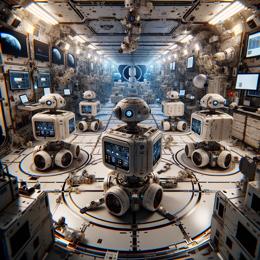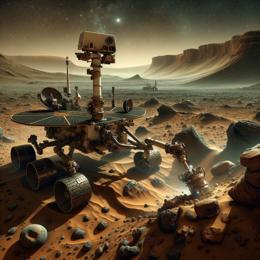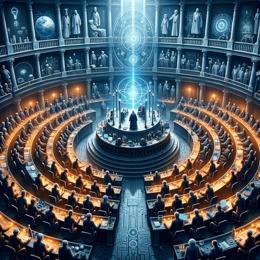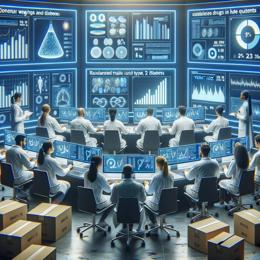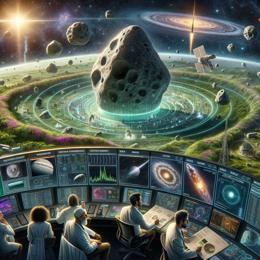Image created by AI
Extended ISS Mission for NASA Astronauts Amidst SpaceX Crew Dragon Delays
Two NASA astronauts, Butch Wilmore and Suni Williams, are facing a much longer stay aboard the International Space Station (ISS) than initially planned, as NASA and SpaceX push the next crew rotation to late March. The astronauts, who had launched aboard the Boeing Starliner spacecraft for what was initially intended as a brief mission, are now accommodated in space due to issues with their intended ride back to Earth.
The original mission, launched on June 5 from Cape Canaveral, Florida, using a United Launch Alliance Atlas V rocket, was anticipated to last a mere eight days. However, following issues with the Starliner’s thrusters and helium leaks in the propulsion module, NASA decided it was safer to retain Wilmore and Williams on the ISS, returning the Starliner uncrewed.
Their replacement ride, SpaceX’s Crew Dragon Freedom, docked at the ISS in September. Originally, this craft transported only two crew members instead of the usual four to ensure sufficient return capacity for Williams and Wilmore. The extension arose because SpaceX’s newest Dragon spacecraft, which is yet to be named and forms part of the Crew-10 mission, will not be ready until late March due to the intricate demands of spacecraft fabrication and final testing.
This latest timeline adjustment is a direct result of the meticulous preparation required to launch the new Dragon spacecraft, which is expected in Florida by early January. "Fabrication, assembly, testing, and final integration of a new spacecraft is a painstaking endeavor that requires great attention to detail," mentioned NASA Commercial Crew Program Manager Steve Stich.
The delay suggests a possible nine-month mission for Wilmore and Williams, considerably longer than the typical six-month rotation. This situation underscores the challenges and complexities of space travel and the importance of safety in mission planning and execution.
The upcoming Crew-10 mission will be significant, featuring a diverse team including NASA astronaut and commander Anne McClain, pilot Nichole Ayers, JAXA astronaut Takuya Onishi, and Roscosmos cosmonaut Kirill Peskov, with many of them marking significant milestones in their space careers.
This unforeseen extension highlights the dependency on reliable spacecraft and the impact of technical delays on human spaceflight schedules. It also emphasizes the collaborative efforts of the international space community to ensure the safety and well-being of astronauts during extended missions.
Amid these delays, the broader goals of NASA's Commercial Crew Program, which includes having reliable transportation provided by both SpaceX and Boeing, remain crucial as they navigate the challenges posed by emerging technologies and unexpected hurdles in space exploration.
